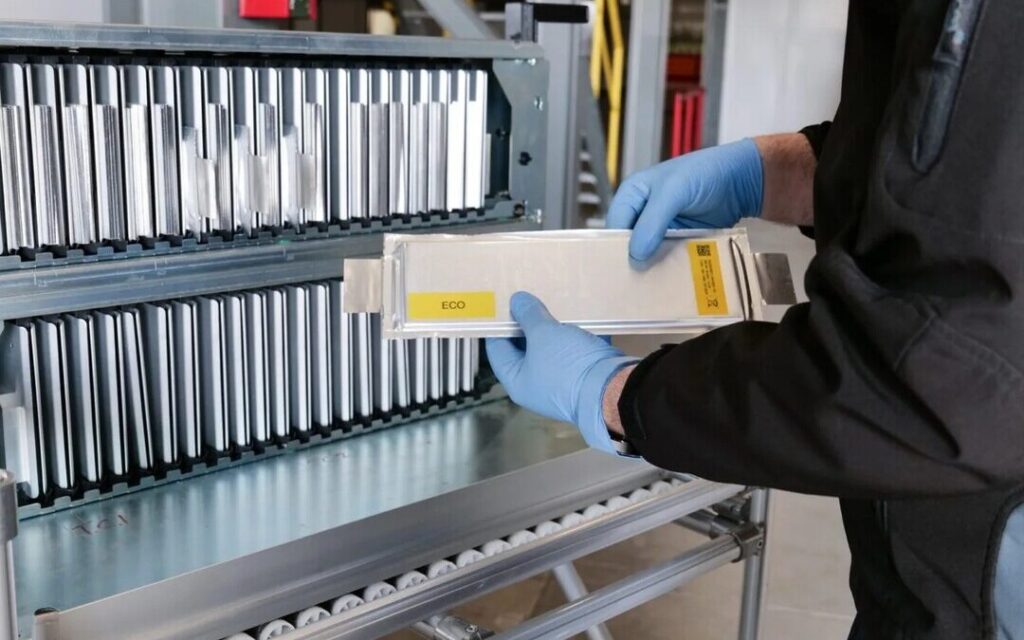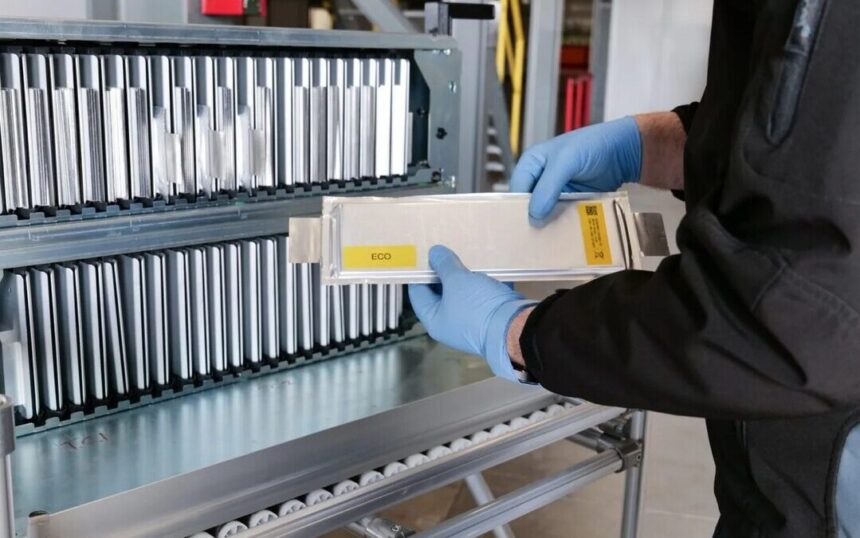From recovering old EV batteries, to producing multi-layer battery pouches ready for reuse.

New electric vehicle (EV) battery pouch cells made with recycled cathode and anode materials. The multilayer NMC 811(Nickel Manganese Cobalt) pouch cells were manufactured using Cathode Active Material (CAM), which are recovered from end-of-life EV batteries through Altilium’s EcoCathode process.
The recycling process begins by shredding used and discarded EV batteries to extract “black mass.” This is then refined by hydrometallurgy process to recover over 95% of critical cathode metals—such as lithium, nickel, and cobalt—and produce battery‑grade cathode materials like CAM (P‑CAM) and CAM. Over 99% of graphite is recovered for anode material.
Unlike conventional recovery methods, where black mass is exported or further processed overseas, This process integrates closed-loop chemical refining into CAM suitable for new EV cells. This end-to-end hydrometallurgical pipeline is designed to work across multiple lithium ion mixtures.
Altilium holds patents across each stage of this closed-loop value chain, covering mechanical recovery, chemical refinement, and precursor synthesis.
Initial tests show that the recycled CAM met automotive-grade standards. The cells were produced to automotive-grade specifications and are currently undergoing full validation and testing. Alongside the multilayer cells, single-layer pouch cells also use 100% recycled cathode and graphite anode material.
The results are tested in Jaguar Land Rover (JLR) battery pack. The demonstration included virtual integration of the recycled cells into a digital model of the Jaguar I-PACE battery pack. JLR used the same VR system employed in its internal design workflows.









